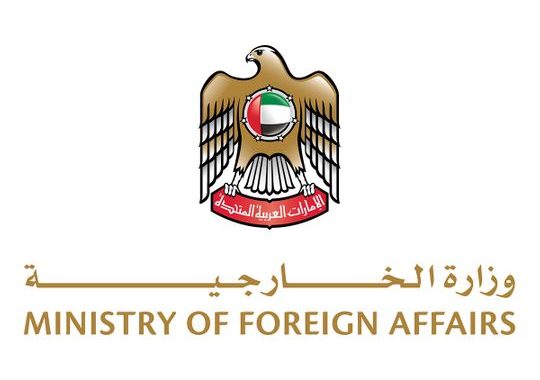Dubai Safari turns 5, welcomes 153 newborns of endangered animals
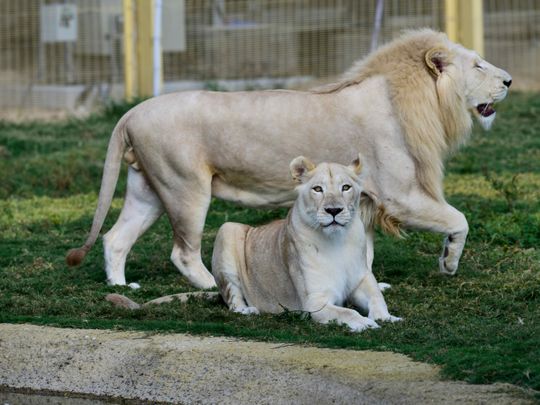
Image Credit: Gulf News archives
Dubai: Reinforcing Dubai’s status as an ecologically responsible city and aligned with its ambition to play a pivotal role in rehabilitating endangered species, Dubai Safari Park has announced the addition of 153 newborns of different endangered species as it celebrates its achievements since its inception.
The park opened its doors on December 12, 2017 and is one of the world’s youngest animal safaris. Thanks to its world-class breeding programme, the latest additions include 53 newborns belonging to addax, a critically endangered species. The park houses more than 275 animal species and over 3,000 animals and birds. Recently, it formed breeding pairs to enable breeding success with siamang, lar gibbon and pygmy hippo.
Ahmed Alzarooni, Director of the Public Parks and Recreational Facilities Department at the Dubai Municipality, said: “We are delighted to have welcomed 153 newborns from the critically endangered and endangered species. Dubai Safari Park supports conservation for native Arabian wildlife and is an active participant in programmes that conserve the remaining wild populations of those species, as well as in programmes that aim to return native species to areas from where they have disappeared.”
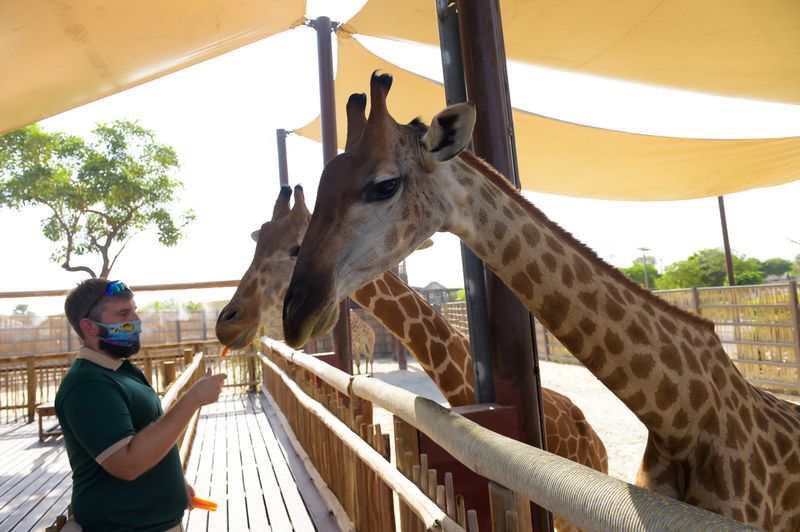
Image Credit: Virendra Saklani/Gulf News archives
Alzarooni added: “In line with Dubai Municipality’s vision for Dubai to be a sustainable city, Dubai Safari Park is developing innovative ways to become even more sustainable. It is a critical part of ensuring wildlife habitat protection and biodiversity. The park aims to educate visitors about conserving endangered species. Dubai Safari Park is home to seven critically endangered species, including radiated tortoise, red-fronted macaw, red-ruffed lemur, black and white-ruffed lemur, white-cheeked gibbon, western lowland gorilla, and addax. We are proud to participate actively in the rehabilitation programmes for the critically endangered addax and several endangered species, including tigers, mountain gazelles, and ring-tailed lemurs, among others.”
22 endangered species
The park’s 22 endangered species include the African spurred tortoise, the Chinese striped-necked turtle, the black marsh turtle, the komodo dragon, the grey-crowned crane, the northern bald ibis, the saker falcon, the grey parrot, the Timneh parrot, the yellow-headed amazon, the African elephant, the ring-tailed lemur, the Javan gibbon, the lar gibbon, the siamang, the chimpanzee, the tiger, the African hunting dog, the pygmy hippo, the hog deer, the reticulated giraffe, and the mountain gazelle.
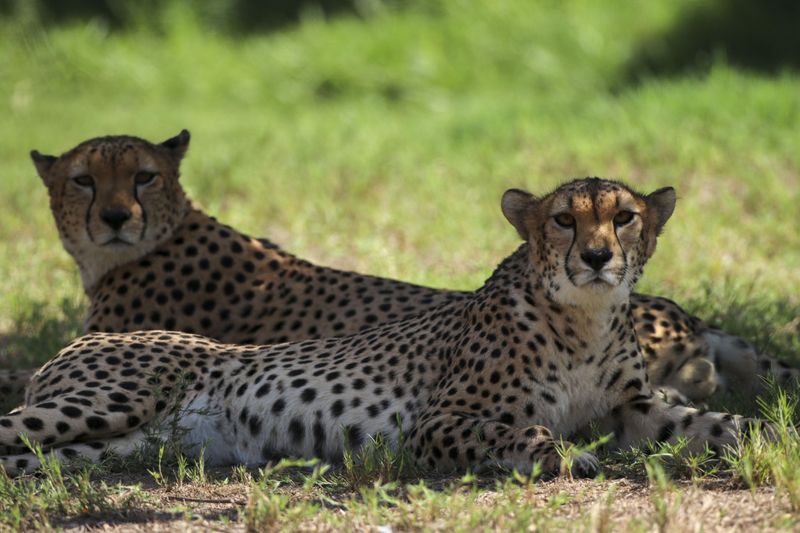
Image Credit: Ahmed Ramzan/Gulf News archives
Now accepting visitors for its new season, the park committed its first five years to growing its animal collection, providing them with appropriate accommodations, and hiring and training the right staff to optimise operations. As a conservation organisation, Dubai Safari Park is now taking steps to collaborate with other zoological institutions to develop its long-term conservation agenda.
Animal exchange programmes
The park has joined Animal Exchange Programmes with several zoos and animal institutions in the UAE and worldwide. These include Parken Zoo in Sweden, Manor Wildlife Park in the UK, and Fota Wildlife Park in Ireland. It is working to build a partnership with zoos in India. UAE entities with which the park has exchange programmes include Green Planet, Al Ain Zoo, the Breeding Center for Endangered Arabian Wildlife in Sharjah, and Emirates Park Zoo.
“Partnerships and animal exchange programmes help achieve higher animal care standards, welfare, and conservation-focused breeding initiatives through open dialogue and information sharing with the partners,” said Alzarooni. “New bird aviaries and exchanges with Indian zoos will improve the chance of breeding success with various other species,” he added.
Through its various conservation programmes, Dubai Municipality preserves the natural habitat to help conservation and wildlife breeding initiatives. One of the projects that Dubai Safari is already supporting is Arabian Toad Reintroduction Project, which aims to reintroduce the Arabian toad into suitable habitat in the UAE. Providing (temporary) housing for injured or confiscated wildlife is another serious and important role in conserving wildlife for which Dubai Safari Park is continuously expanding its infrastructure.
“Live animal presentations in the theatres, and special tours, such as behind-the-scenes, aim to raise conservation awareness of the park’s animals. Our male Western lowland gorilla is included in the International Studbook, and all the park’s wildlife is recorded in ZIMS, a global zoo animal registration system,” said AlHajeri. ZIMS, or the Zoo Information Management System, is used worldwide by all reputed zoological institutions for active communication and benchmarking.
Sustainability at every step
Originally built on a landfill, Dubai Safari Park has transformed the land into a reusable space using advanced technology. Buildings and electric vehicles use energy from solar panels. The park has an onsite reverse osmosis plant that filters, recycles water for animal water bodies, and repurposes food/animal waste into organic compost used as fertiliser across the park.
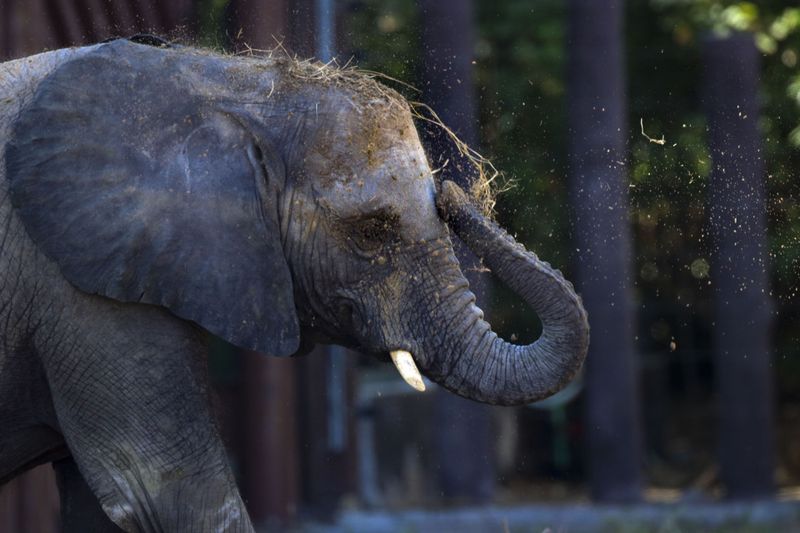
Image Credit: Ahmed Ramzan/Gulf News archives
Dubai Safari is one of Dubai’s premier eco-friendly projects and a landmark entertainment destination. The project aims to create the best wildlife centre in the world. Dubai Municipality has been keen to achieve excellence in the implementation of this project by achieving high environmental value by converting the site from a building waste dump to a tourist attraction and a diverse fun environment by exploiting the various terrain on the site and considering it as a key element in the design of the project.
The park has three main villages, the Asian Village, the Explorer Village, and the African Village, in addition to the Arabian Desert Safari and the Wadi area. Animal exhibitions were distributed among the different villages according to their natural geographical distribution. The park is designed to allow ease of visitor movement, either on foot or using various environmentally friendly means of transport to ensure a unique experience for visitors.


